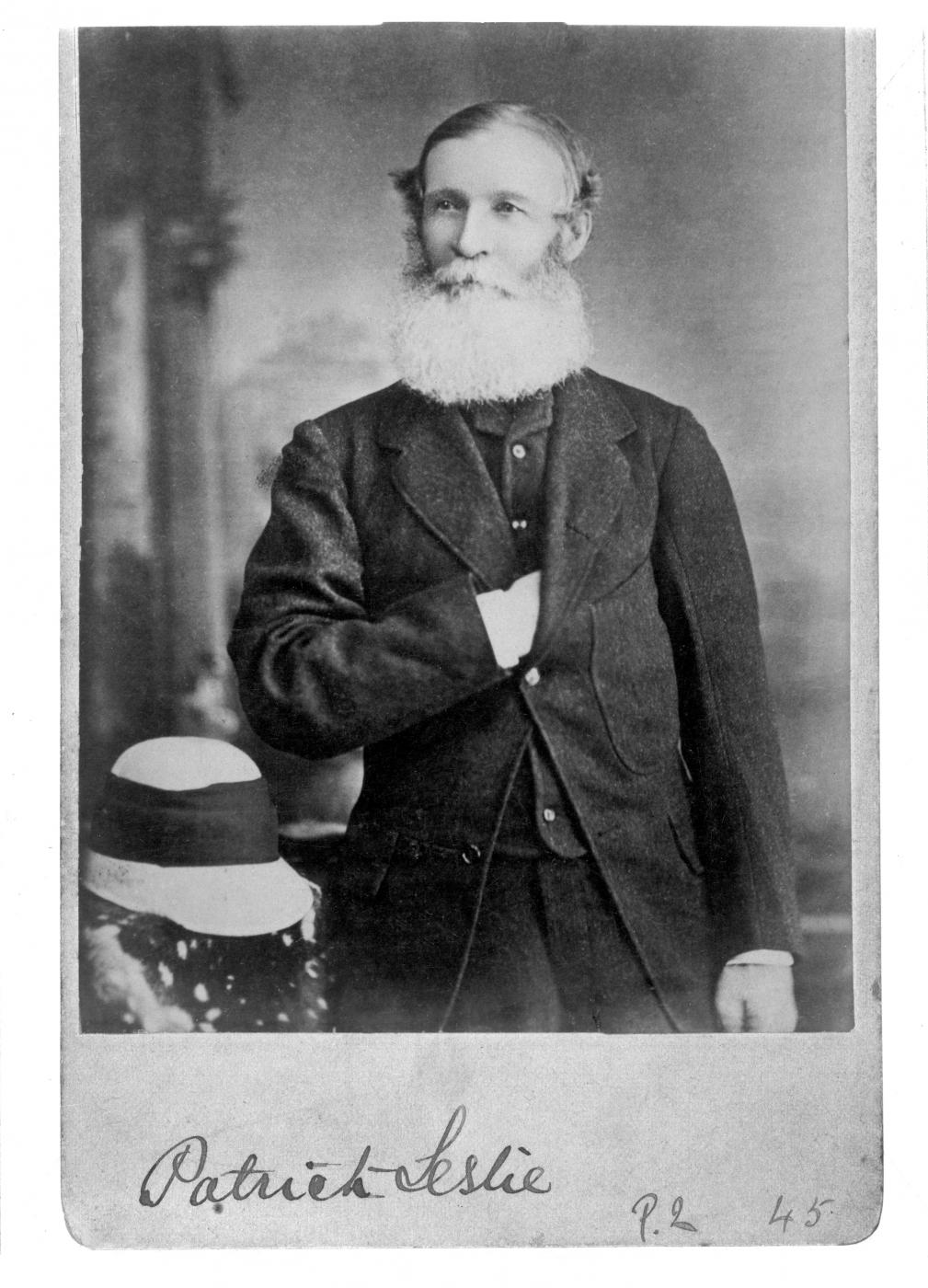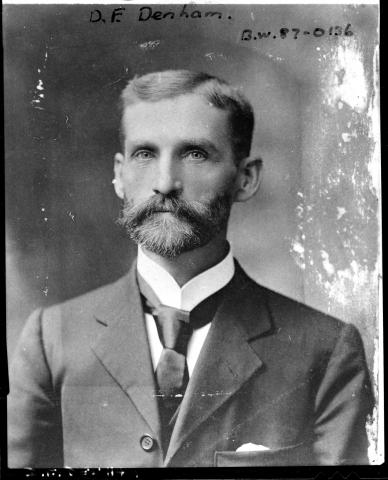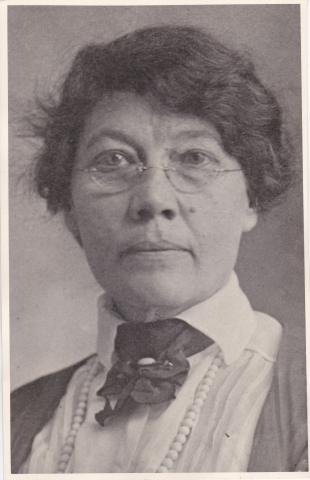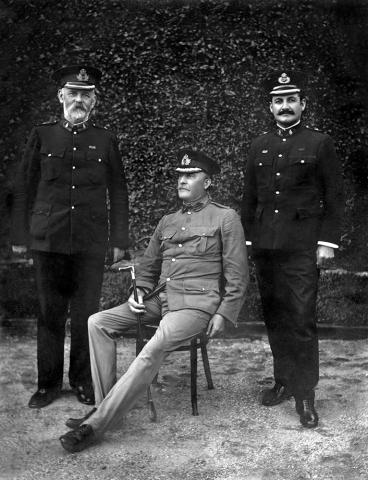
- News of the Day
-
Warwick Examiner and Times, Wednesday 24th August 1881
The Founder of Queensland: To the Editor of the Examiner and Times
Sir,-- Will you please insert the following information regarding Mr Patrick Leslie, who died in Sydney, on the 12th of August, after a few day’s illness, of pleurisy. Mr Leslie has many old friends about Warwick. He it was who selected the site where Warwick is built, and he was the first white man who occupied country on the Downs. This was in 1837, and he had travelled overland with Peter Murphy. He discovered the Downs, Toolburra, Goomburra, and Clifton, for himself and friends. His wool was the first that ever left Moreton Bay. His wife (my sister) was the first white woman who came on the Downs over Cunningham’s Gap. This was in 1839 or 1840.
Yours Truly,
John McArthur (Curriwillinghi, 17th Aug, 1881)
Townsville Daily Bulletin, Monday 13 June 1938, page 7
QUEENSLAND PIONEERS.
Patrick Leslie.
(By John E. Bennet)
In 1940, Queensland will celebrate the centenary of Patrick Leslie's settlement on the Darling Downs.
Leslie had been persuaded to come out to Australia from England by a Mr Davidson, a banker, whose son later owned Canning Downs, and who owned Cassilis, a property on the Upper Hunter River in New South Wales.
In 1840, the brothers Leslie, Patrick, and Walter, accompanied by Dr. Dobie and a ticket of leave man, Murphy, started from Sydney in search of land along the Clarence River, but could not find a road through to that district. After two days of trying, they decided that Patrick, Leslie, and Murphy should go ahead, and that Walter should go back, while Dr. Dobie should camp.
Accordingly, Patrick Leslie and Murphy, the lifer, went Northwards across into Moreton Bay settlement. Twice they were attacked by the blacks and each time Murphy showed such gallantry in standing by his employer that, upon their return to Sydney, Patrick Leslie obtained a free pardon for him. In the meantime, Walter had organised a party comprising 22 men, 10 saddle horses, bullock teams, drays and horses, and was moving North with 5700 sheep. Patrick met him at Doyle's camp, and gave such glowing accounts of everything, that the brothers and Murphy pushed on ahead of the stock and selected Toolburra, in country which Nemiah Bartley has described thus: "The upper Condamine, and its boggy affluents watered this splendid country, where experienced station hands asked £100 to £150 a year and their food, as the lowest price at which in 1840, they would work for the "boss" and face the plentiful wild blacks as well."
Tinker Campbell admired the country just as much, but did not view with perfect equanimity the acquisition by the Leslies of "enough to form a principality." He says. in his book on early settlement, "Messrs. Leslie were extremely modest, only claiming the whole heads of the Condamine from Toolburra upwards, some fourteen creeks, I believe." After the station had been established and brother George Leslie installed at Canning Downs, Patrick returned to Sydney, meeting on the road Hodgson and Elliot, also headed for the Clarence. His enthusiasm persuaded them to follow in his train and take up Eaton Vale.Despite his earlier encounters with the blacks, Leslie managed to live peaceably beside them. An account by a very old lady whose memory stretched back very many years, has it thus: "Leslie had been warned by Mr. Dalrymple that it was best to treat blacks with tact and understanding ..............Old Derby was King of the Downs country when Leslie arrived. Patrick Leslie christened him "Blucher", and his tribe was always known as the Blucher Tribe. When-ever Leslie slaughtered cattle for the station use, King Derby and his tribe always received a share and consequently they were never known to kill any of the Leslies' stock. "
In 1847 he was requested by the Government to lay out the town of Warwick, after selecting a site. When the land was put up to auction, an old timer called out, "Mr Leslie, you were the first man here, why don't you buy the first ------block." Leslie laughingly agreed, and purchased the first piece of land ever sold in Warwick.
One of the great difficulties of settlement was the irregular arrival of food supplies. Brisbane, or rather Moreton Bay, as a penal settlement, was taboo as far as the settlers were concerned. When however, permission to get supplies sent by ship up to the Bremer was obtained, the difficulty of negotiating the range arose.This difficulty was solved by the reckless Hodgson, who took a dray out and simply drove over the edge of the range down to the creeks below.
When Gorman brought a team through from the other direction and found a track, their troubles were greatly reduced.
Patrick Leslie was essentially a farmer, and he interested himself to no very great extent in the politics of the day, but he was very much concerned in the Separation issue, in the course of which he conducted a most acrimonious, but brief press correspondence with Dr. James Dunmore Lang.
At the height of the controversy a letter appeared over the signature of Leslie, in which he purported to speak for himself and for many other "Northern pastoralists," and in which he stated that Dr. Lang was industriously trying to raise money to get sent home to England as the representative of the Queensland people to present a petition which Leslie claimed to be disloyal. Dr. Lang, he said, certainly didn't represent Leslie nor the other squatters.
The truth of the matter was that Lang wanted separation with free labor. Leslie's membership of the Separation Association meant that he was in favor of separation, but, as a landowner, desired convict labour to continue.
Leslie’s claim to have been the first man on the Darling Downs is challenged by Campbell, as we have already seen, but, according to "Billy Gray," an old bullock driver of the period, whose manuscript recollections are preserved, both must yield pride of place to Baker, an escaped convict, who was there even ahead of Cunningham.
Baker escaped from Moreton Bay when Logan was commandant, and was discovered, starving in the Liverpool ranges by a native tribe, an old woman of which claimed him as the reincarnation of her departed son, Booralsha, whose name Baker took. It is, however, only a matter of conjecture that Baker was on the Downs although he did lead Gorman up the range by a path the blacks used.Be that as it may, Leslie's high place amongst the pioneers still stands.
- Biography of Patrick Leslie
-
Patrick Leslie (1815-1881), pioneer and grazier, was born on 25 September 1815 at Warthill, Aberdeenshire, Scotland, the second son of William Leslie, ninth laird of Warthill and eighth of Folla, deputy-lieutenant, and his wife Jane, sister of Walter Davidson. The Leslies were members of the Church of Scotland and Patrick was educated at a college in Aberdeen.
Patrick Leslie's chief claim to fame lies in his appropriation of the Darling Downs and his pioneer work in settling the area. His exploration, with only one convict for company, was hailed by contemporaries as a feat of great merit. It was reported in the Sydney Herald, 1 May 1840, under the heading 'Important Discovery' and later generations have agreed that it was a fine piece of bushcraft. Of all the many sons of British landed gentry who did well under the adverse and strange conditions of the Australian bush, few adapted themselves so readily as Patrick Leslie. Roberts described him as 'absolutely fearless and something of a rough jewel, he was active and energetic, “hail-fellow-well-met” and “the prince of bushmen”'.
Leslie was a poor business manager, but his tenacity and courage enabled him to overcome financial reverses and to place himself eventually in a comfortable position. Politically he called himself 'a Rank Tory', which was understandable with his occupation, family connexions and friends. Rarely did a governor please him, though he dined with them all, yet Sir George Gipps, by allowing him to bring supplies through Brisbane, made certain the success of Downs settlement. Although an inveterate opponent of Rev. John Dunmore Lang, he became a leader in the separation movement on the Downs, and represented Moreton, Wide Bay, Burnett and Maranoa in the first New South Wales Legislative Assembly in 1857. He could be a vigorous opponent or a staunch friend, and more than once backed his arguments with his fists. Outside his grazing and political interests, his main occupation was the breeding and, to a lesser extent, the racing of bloodstock. He can be regarded as the father of stud breeding in Queensland.
Courtesy of the Australian Dictionary of Biography



